Buy/Drive/Burn: Japanese Coupe Action in 1986

Sporty styling, flip-up headlamps, and promises of performance. These three had it all in the mid-80s, but which one goes home with the Buy? Let’s find out.
Today’s trio came about from a discussion on the Isuzu Impluse Rare Rides post the other day. Commenter MRF 95 T-Bird is way into Eighties Japanese coupes, not that there’s anything wrong with that.
Nissan 200SX
The 200SX appeared on this series once before, though in a slightly different guise. Nissan’s 200SX model (for the most part) was a North American marketing name for the company’s long-running Silvia coupe. The awkwardly styled second-generation model debuted in 1975, a decade after the introduction of the beautiful original Silvia. A very malaise third generation turned up for 1979, and muddled its way through to 1984 before being replaced by the fourth S12 version seen here. For the North American market, available engines included a base 2.0-liter or upmarket 1.8-liter turbo (hatchback only). 1986 was the last year for the turbo engine, as it was replaced by the VG30 from the 300ZX in 1987. Today’s selection is a turbo model, with 120 horsepower and a five-speed manual.
Toyota Celica
Debuting for the 1970 model year, the Celica shared its platform with the Japanese-market Carina sedan. Toyota aimed its new coupe right at Americans, intending to take on the Ford Mustang. A second-generation model appearing in 1978 grew larger and more American; the design was then handed off to Toyota’s California research location. With the second generation’s debut, consumers had a new coupe option, as the sportiest offering became the Celica Supra. Things changed again for the 1986 model year, as for the first time Celica became front-wheel drive. Rounded lines, more trims, and optional four-wheel drive accompanied this new, modern Celica. Today’s selection is the sportiest front-driver GT-S, with a 2.0-liter DOHC engine producing 135 horsepower. We won’t suffer the automatic today — it’ll be the five-speed manual.
Isuzu Impulse
The underdog of the trio, Isuzu’s rear-drive successor to its luxurious 117 coupe arrived in North America for 1983. Angular lines were penned in Italy, and the chassis underneath came from a Chevrolet Chevette. Isuzu saw fit to load up every Impulse it sent to North America, even though their 90-horsepower inline-four lacked power. Things got better in 1985 with the introduction of a turbocharged 2.0-liter. Unfortunately, the sportiest RS version is off-limits today, as it was not introduced until 1987. Don’t despair — today’s standard turbo produces a trio-topping 140 horsepower, sent through a five-speed manual.
Three coupes, one Buy. Make your selections!
[Images: Isuzu, Toyota, Nissan]

Interested in lots of cars and their various historical contexts. Started writing articles for TTAC in late 2016, when my first posts were QOTDs. From there I started a few new series like Rare Rides, Buy/Drive/Burn, Abandoned History, and most recently Rare Rides Icons. Operating from a home base in Cincinnati, Ohio, a relative auto journalist dead zone. Many of my articles are prompted by something I'll see on social media that sparks my interest and causes me to research. Finding articles and information from the early days of the internet and beyond that covers the little details lost to time: trim packages, color and wheel choices, interior fabrics. Beyond those, I'm fascinated by automotive industry experiments, both failures and successes. Lately I've taken an interest in AI, and generating "what if" type images for car models long dead. Reincarnating a modern Toyota Paseo, Lincoln Mark IX, or Isuzu Trooper through a text prompt is fun. Fun to post them on Twitter too, and watch people overreact. To that end, the social media I use most is Twitter, @CoreyLewis86. I also contribute pieces for Forbes Wheels and Forbes Home.
More by Corey Lewis
Latest Car Reviews
Read moreLatest Product Reviews
Read moreRecent Comments
- TheMrFreeze So basically no manual transmissions in US cars after 2029.I just raised one finger in the general direction of NHTSB's main office. Guess which finger it is!
- TheMrFreeze Wife drives a Fiat 500 Turbo 5-speed (135hp vs. 160 in the Abarth), it's a lot of fun to drive and hasn't given us any headaches. Maintenance on it is not as bad as you'd think for such a cramped engine compartment...Fiat did put some thought into it in that regard. Back seat is...cramped...but the front is surprisingly roomy for what it is.I honestly wouldn't mind having one myself, but yeah, gotta have a manual trans.
- Bkojote Tesla's in a death spiral right now. The closest analog would be Motorola circa 2007.The formula is the exact same. -Vocal CEO who came in and took credit for the foundation their predecessor while cutting said efforts behind successful projects.-A heavy reliance on price/margin cuts and heavy subsidies to keep existing stock moving. The RAZR became a $99 phone after starting out as a $399 phone, the same way a Model 3 is now a $25k car.-Increasing focus on BS projects over shipping something working and functional to distract shareholders from the failures of current products. Replace "iTunes Phone" (remember that?) with "Cybertruck" and when that's a dud focus on "Java-Linux" the same way they're now focusing "Robotaxis".-Increasingly cut away investment in quality-of-ownership things. Like Motorola, Tesla's cut cut cut away their development, engineering, and support teams. If you ever had the misfortune of using a Motorola Q you're familiar with just how miserable Tesla Autopilot is these days.-Ship less and less completed products as a preview of something new. Time and time again at CES/Trade Shows Motorola was showing half-working 'concept' devices. The Cybertruck was announced 5 years ago yet functionally is missing most of its features- and the ones it has don't work. And I mean basic stuff- the AWD logic is embarrassingly primitive. A lot of Tesla hyperbole focuses on either he's a 4D-chess playing genius visionary or all of Tesla's being propped up by gov't mandates. But the reality is this company hasn't delivered any meaningful product evolution in the better half of this past decade.
- Pig_Iron Stellantis is looking for excuses to close plants. Shawn Fain just gave them one. 🐹
- SCE to AUX Unresolved safety issues are a good reason to strike.




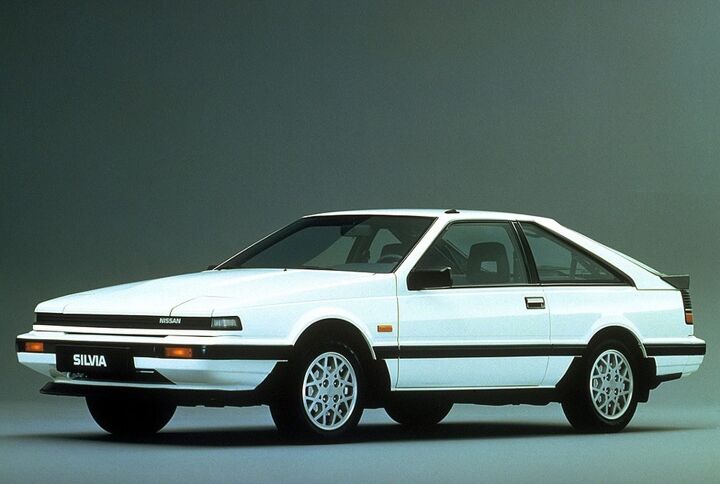
















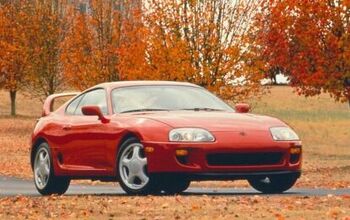
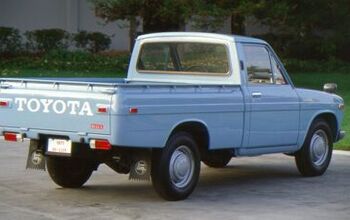
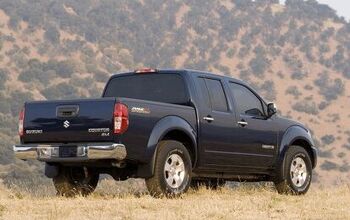
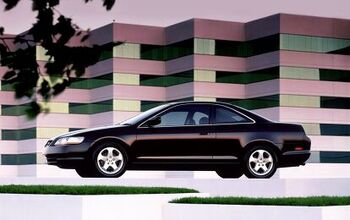











Comments
Join the conversation
Drive - The Nissan. Looks fun and 120hp wasn't too bad back then. Burn - The Toyota... Just boring and I imagine it would have the driving feel of a kitchen appliance Buy - The Izuzu. I always liked these. Now that I know where the underpinnings came from I am a little discouraged though.
I had an '87 200SX with the 2.0L. It felt and sounded fast but wasn't. I got beat by my younger brother's '88 civic and roasted by my friends in Jeep (YJ). What ever. There were a few "vellum venom" critiques I had with the car. 1. I hated the look of the negative camber on the rear axle. It was a cool anecdote that the suspension in the back was the same as that of the 300Z (IIRC) but that was it. 2. From the side I always thought it looked like the car was in the midst of a launch, i.e. more space between the tire and the fender at the front than the rear. I don't know if I liked this or not. 3. I didn't like how the rear track width was/seemed-to-be so much narrower than the width of the body. This is kinda typical of the 80s but that doesn't mean I disliked it any less. 4. The stereo wasn't a standard DIN size. I didn't have the fabrication resources (errr... too lazy) to make/buy a filler plate for the replacement stereo I installed. I fantasized about turbo charging that 2.0L with junkyard parts from a 1.8L but that's all it ever was, fantasy.